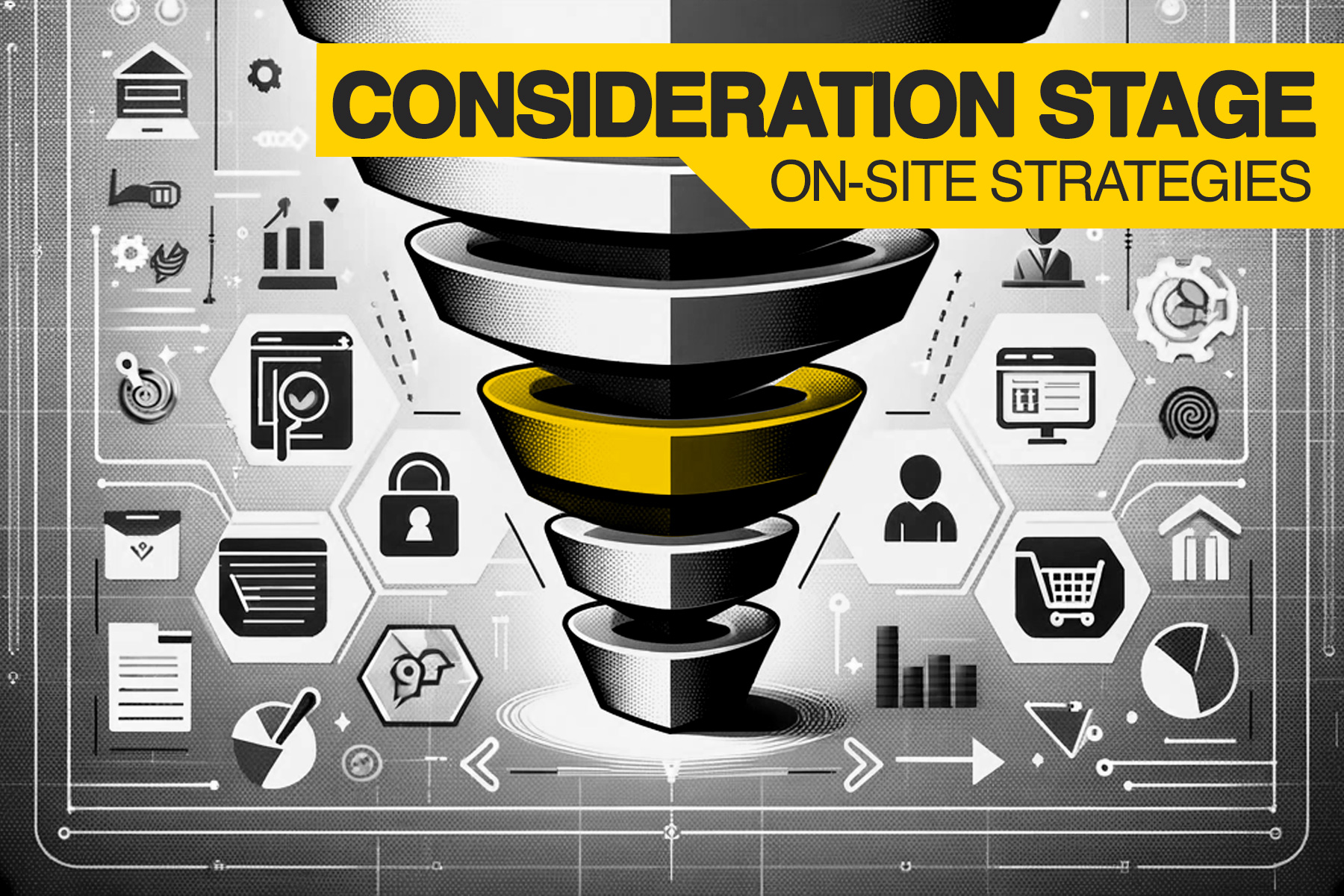The line between B2B and B2C websites is fading rapidly. Customers are demanding similar experience on B2B websites to those they visit for personal purchases. As an owner of a B2B eComerce website, you must cater to these demands, but are there features specific to B2B eCommerce websites that most B2C websites don’t have?
While both B2B and B2C shops focus mostly on purchasing journey, B2B websites have some specific features that differentiate from B2C. Most of these are account specific details and information, others are essential functionalities that help your business partners work with your company 24/7.
Let’s looks at essential features now.
Overview
Implementing these essential features will make your website not just a purchasing channel, but a self-serve online portal.
- Account representative details
- Upcoming product launches and alerts
- Custom pricing
- Product availability by distribution center
- Account reporting and details
- Checkout page payment options
Account representative details
Most B2B companies assign account representatives to their customer lists.
Make sure that the your representative’s details are easy to find when a customer logs into their account.
Whether you highlight the representative on the account dashboard, or include it across multiple pages strategically, customers should always know who they need to reach out to for help.
Upcoming product launches and alerts
Part of a successful B2B eCommerce website is educating customers of all available products and product groups. Your company is most likely not the only company they purchase products from and making sure they think of you when in need of a product is crucial.
For manufacturing companies, having a list of products that are in development phase is a great way of keeping your customers well informed.
This list helps your customers plan future purchases and distribution as well as planning.
For resellers, announcing a launch date of new products or product lines gives customers a good reason to come back to the website and get in line to purchase the product.
Both of these lists need to allow customers to sign up for product availability alerts.
Custom Pricing
One of the biggest differentiators for B2B websites is having custom, account level pricing.
Each B2B customer is assigned either fully custom pricing or contract tier pricing. Visibility of these exact prices when a customer logs into the website is paramount.
Product availability by distribution center
Most decent sized company that are distributing their own products, have multiple distribution centers. Business customers need as much information about product availability and delivery as possible to make the purchase.
Allowing the customer to see the availability of products per distribution center is a great way to reduce friction and doubt during the purchasing process.
If you want to take that even further, you can include two very useful features of product availability:
- Estimated Delivery Date – based on the ship-from and ship-to locations
- Cutoff times – latest time that an order needs to be placed for same day shipment.
Account reporting and details
One of the biggest reasons for driving B2B eCommerce sales is the cost. It’s much more cost efficient to invest in a quality self-serve webshop than to serve customers via phone conversation.
Read: Cost comparison between servicing customers over phone vs customers using the website
Customer is most likely to reach out to a phone and talk to customer service representatives when there are account related questions such as open invoices, generating account reports and invoices.
Make sure your B2B eCommerce websites features easy access to following account details:
- Open invoices
- Download copies of invoices (for online and offline purchases)
- Status of backorders
- Status of returns
- Account reports
Checkout Page Payment Options
This is another big difference between B2C and B2B eCommerce websites. B2B customers usually have terms for payment options (NET30, NET60, etc).
The checkout page of your eCommerce website needs to have payment options that match those on the specific customer account.
Even if you don’t let your customers choose different payment options, the checkout page needs to be transparent on the term payment details.
Conclusion
In conclusion, B2B eCommerce websites need to offer more than just a catalog of products and a shopping cart. They need to provide features that cater to the specific needs and preferences of their business customers, such as account representative details, upcoming product launches and alerts, custom pricing, product availability by distribution center, account reporting and details, and checkout page payment options. By implementing these essential features, you can create a website that is not just a purchasing channel, but a self-serve online portal that enhances customer satisfaction and loyalty.


